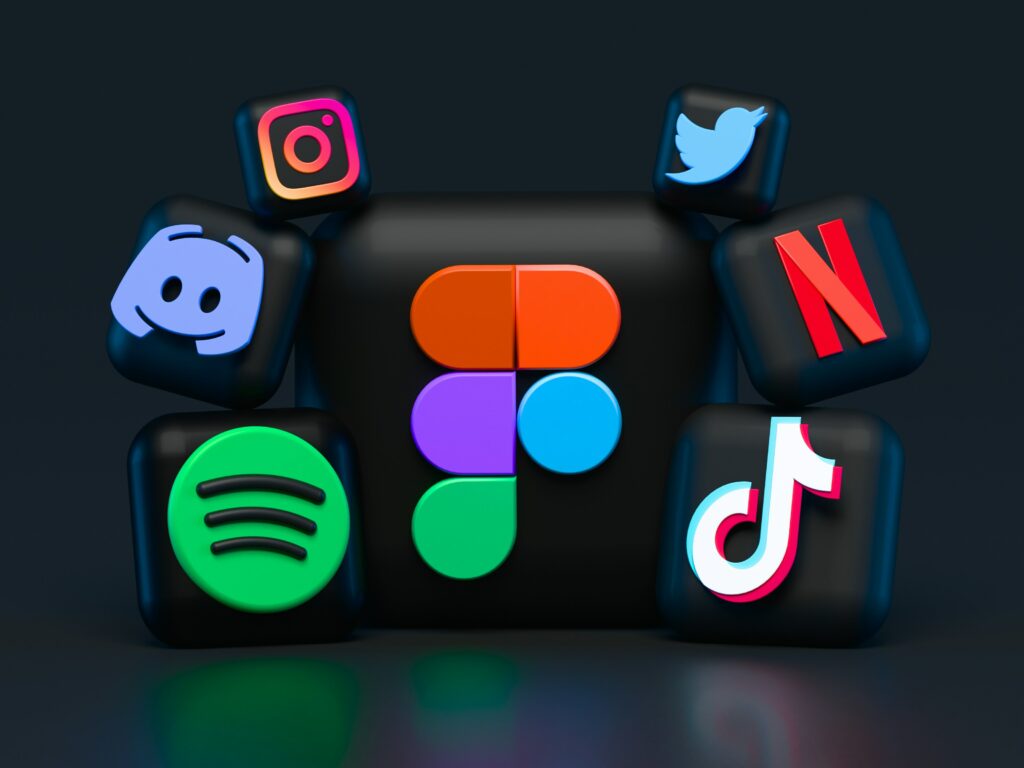In today’s digital world, learning extends far beyond traditional classrooms. Personal Learning Networks (PLNs) play a crucial role in fostering continuous education, professional growth, and personal development for each and every individual. By leveraging online connections and resources, individuals can stay informed, collaborate with experts, and enhance their skills in meaningful ways you can enhance your learning more then ever. In my blog post I will explore the significance of PLNs, the role of social media dynamics, strategies for long-term network development, and the broader impact of social media on learning and professional environments.
What Are Personal Learning Networks (PLNs), and Why Are They Important?
A Personal Learning Network (PLN) are a collection of people, communities, and resources that facilitate knowledge sharing and skill development. Some examples of these networks can include teachers, professionals, professors, peers, and colleagues who can offer valuable insights and opportunities for growth.
For me, I believe my PLN is essential in both academic and professional settings. It allows me to ensure I have a support system that can help me in all aspects of my life whether it is school, professional or personal. The can help me to stay up to date on industry trends, discover new learning opportunities, and engage in meaningful discussions about all the different topics I am interested in. I connect with educators and experts who provide resources and guidance that can enhance my learning experience in all aspects of my learning. By participating in discussions and learning insights from others, I can contribute to the collective knowledge within my PLN, creating a strong learning environment for myself.
Social Media Dynamics for PLNs
Social media platforms have revolutionized how we interact within our PLNs. It has changed the way content and information is shared, viewed, and commented on and has greatly increased the reach and effectiveness of all of our networks. Using social media dynamics strategically in your own life can significantly enhance the value of your PLN.
For instance, actively Using platforms such as Instagram or X (Twitter) to view experts in every field allows me to build an understanding on a surface or in depth level on any aspect I am learning. X (Twitter) chats, LinkedIn groups, and educational forums on Instagram are some of the resources I use that provide spaces to exchange ideas and seek advice in my learning. Social media will continue to grow and expand, becoming better and better each year as we learn to research and as the programmers update their platforms, and I believe It is essential to learn how to use it effectively to best maximize your learning.
Long-Term Network Development
Building and maintaining a strong PLN requires continuous effort and engagement over time. “Building a strong PLN is a gradual process that requires time and effort. Meaningful connections are built through consistent engagement, regular updates, and sharing valuable information “ (Joshua Hotchin). It is not just about following people but about actively participating in the act of learning in a way that contributes to valuable content, and nurturing relationships over time.
To sustain my PLN, I make a conscious effort to:
- Stay active on platforms by sharing and viewing articles, reflections, and insights with and from others.
- Engage in discussions by responding to comments and initiating conversations.
- Making sure to maintain all the strong and genuine connections I have previously created within my life.
- Keep up with current trends to help adapt my PLN to remain as relevant to my evolving interests and career aspirations as possible.
By consistently contributing and interacting and maintaining my commitment to growth of my PLN. I can help ensure that my PLN remains a valuable resource for my personal and professional growth.
Impact of Social Media on Learning, Academics, and Professional Environments
Social media has transformed the landscape of learning and professional development. The ability to have instant access to a vast verity of resources, expert opinions, and real life experiences in every field or subject. In a academic setting, social media can enhance collaboration, make it easier to share research, exchange feedback with one another, and engage with a global audience very a wide range of views on any topic.
Social media impacts include:
- Opportunities for networking and professional growth
- New ways to engage with academic and professional communities
- Broader access to information and learning resources
This list from Joshua Hotchin perfectly embodies the key focuses I explained in my first paragraph. In my experience, social media has played a vital role in my learning journey. Platforms like YouTube have provided me with an outlet to gain extra knowledge in topics that I am struggling. For example, this past semester I was in Stats 252 and found the way my teacher was explaining the topics to be extremely confusing until I found this amazing channel on YouTube that offered tutorials and other ways of doing questions that instantly clicked for me. I can confidently say that without that channel I would not have passed the course but instead passed with flying colors. While platforms such as X (Twitter) help keep me up to date and introduce me to new discussions in a diverse perspective. Lastly with social media, networking opportunities are endless on these platforms and the reach and power of social media is only going to get stronger.



Recent Comments